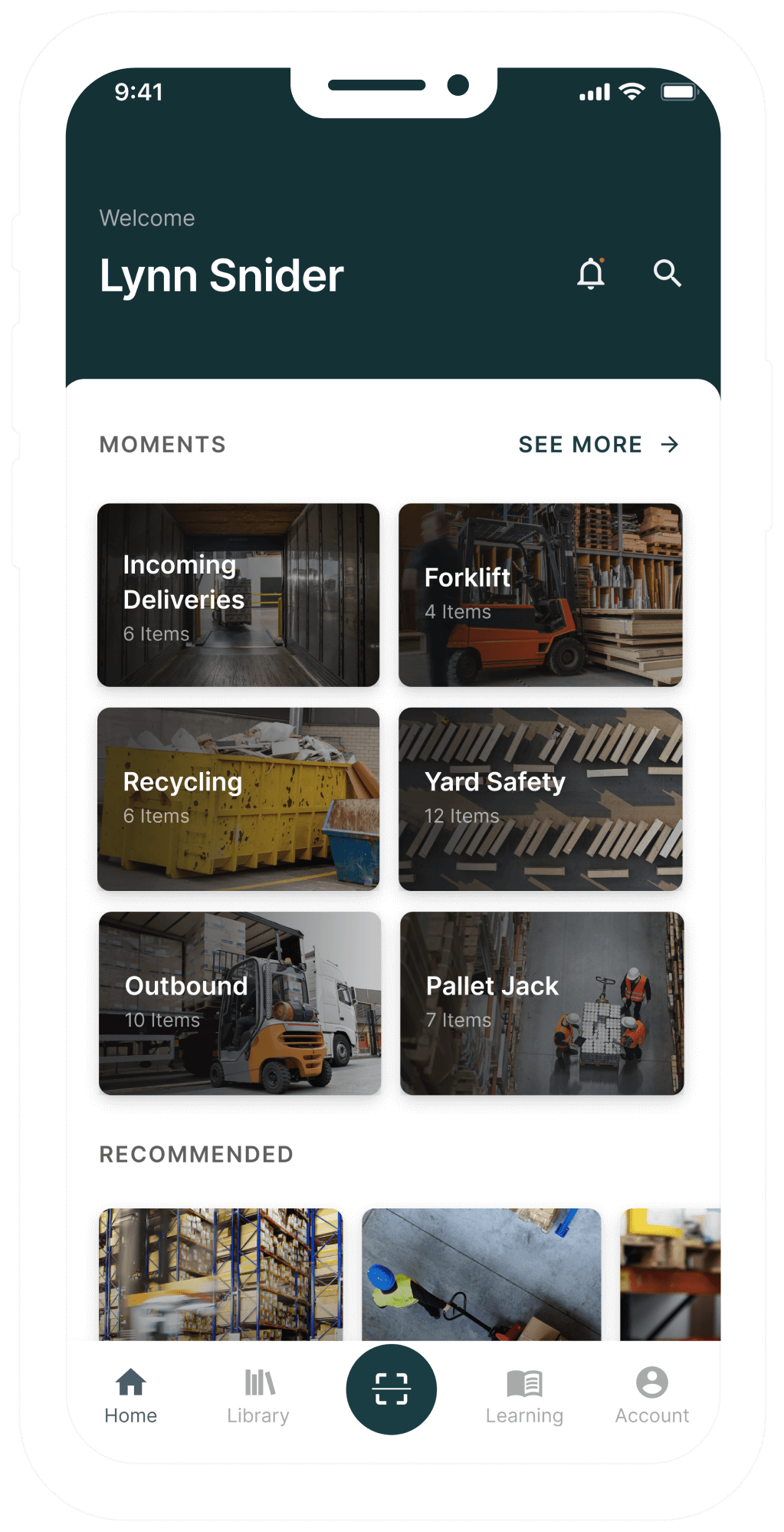What's getting in the way of effective onboarding?
Ineffective learning delivery: An outdated classroom-style learning model means modern workers don't learn effectively or retain information.
Deployment delays: It takes weeks, even months, to evolve training materials and get them to the frontline, so workers are using outdated manuals and guidance.
Disconnect from frontline: When new training or protocols don’t reach the frontline at all, workers have constant questions and become an extra responsibility for managers.


Inefficient training threatens retail survival
High turnover and ineffective training mean retailers are hiring constantly - especially in the current labor climate. The shortage of available talent, and their willingness to leave, makes reskilling and leveraging existing employee skill sets critical.
“Based on data from the U.S. Bureau of Labor, $55.96 billion could be saved in the U.S. annually by reducing onboarding time-to-effectiveness by one week. Reducing time for new-hire effectiveness by a week could [also] save companies earning $1 billion or higher $8.57 million.”
— Microsoft

How does Smart Access help with employee onboarding?
Most employee HR onboarding software focuses on training completion. Our performance support systems focus on workers taking the right next action.
Rapidly create and deploy content 10x faster than traditional methods
Retail leaders can easily create and distribute training, like quick how-to videos, in one week instead of eight.
Embed training on the floor
Workers get fast access to personalized training and guidance that's right for their situation, shaving two weeks off new employee training.
Deliver microlearning in the flow of work
Your frontline can consume on-the-job training and guidance in just seconds.
Access real-time analytics
Retail leader can discover who their most productive workers are — while equipping them to upskill and stay on as loyal employees.

Build an agile workforce
with more effective onboarding
The pandemic revealed stress fractures in the retail supply chain. How Smart Access builds workforce agility for today's fast-changing market.